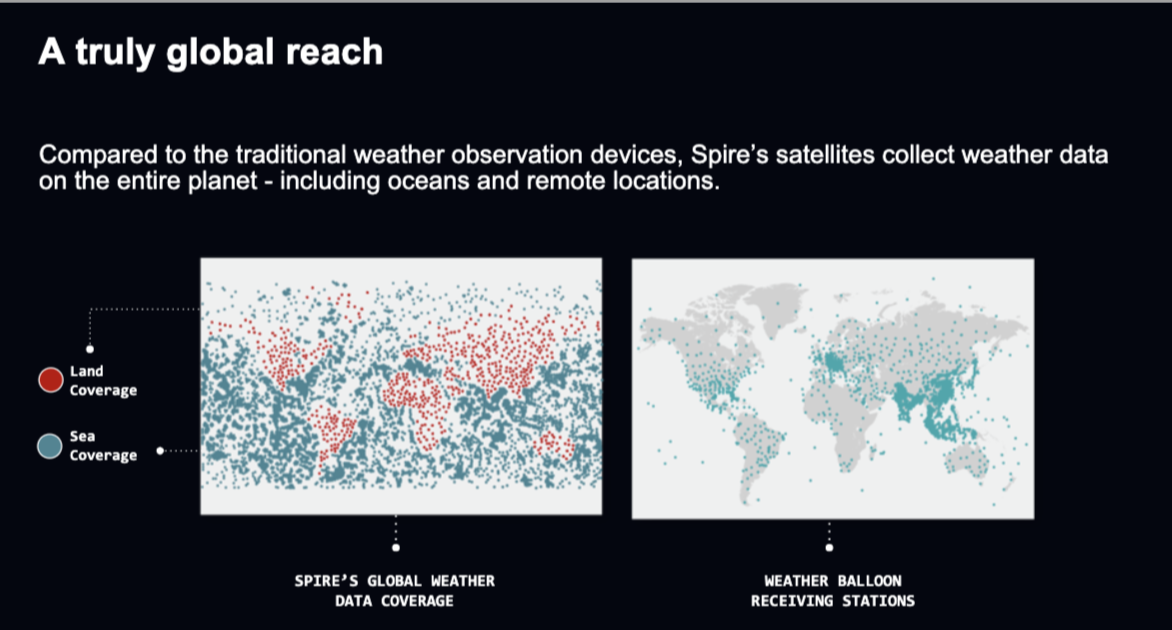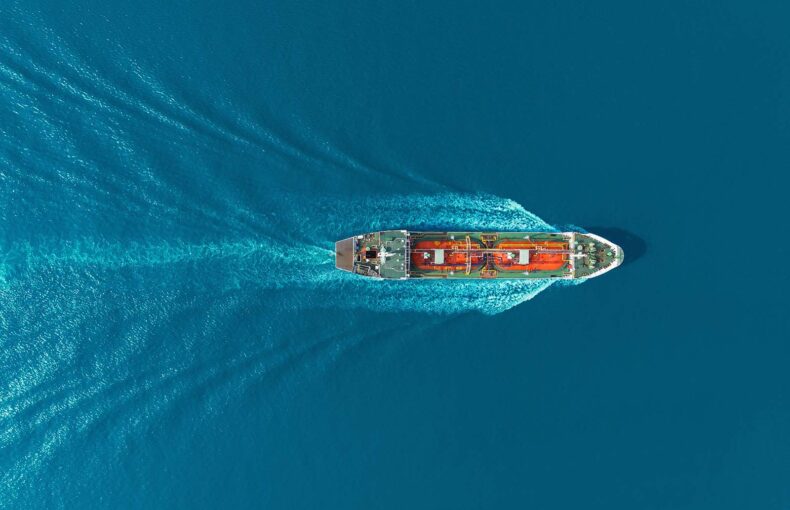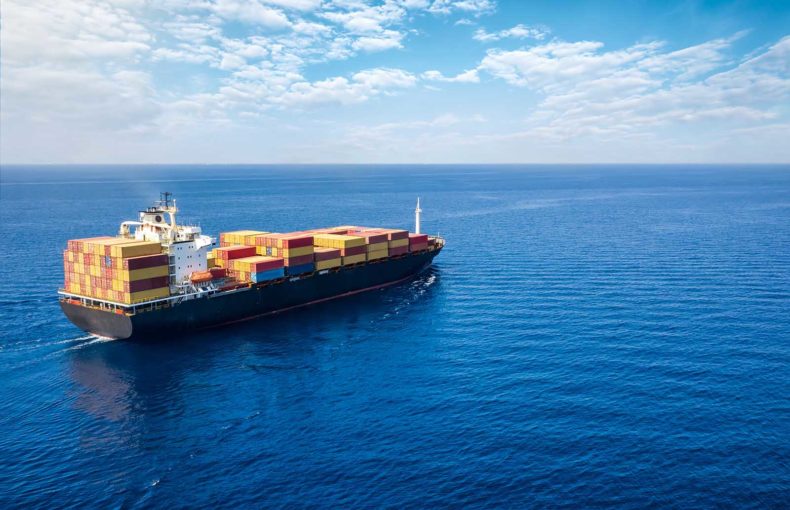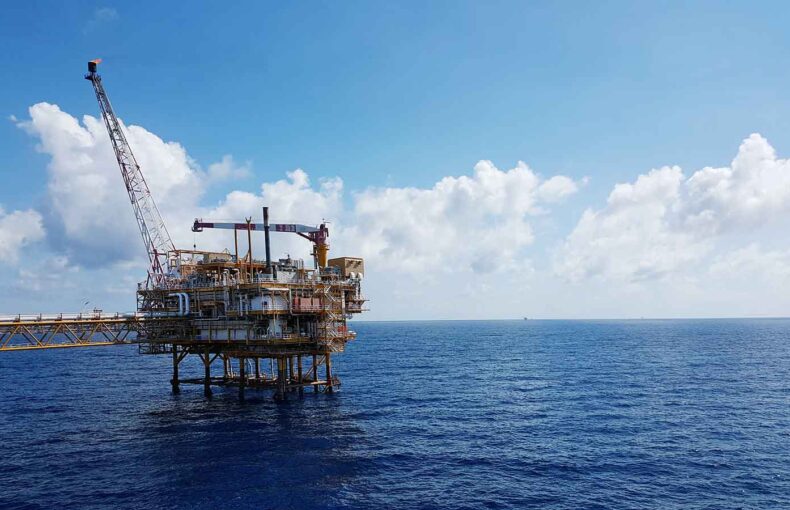6 take-aways from our APAC focused webinar
What to do when the typical transactional model doesn’t work.
Working for a global company means juggling time zones, coordinating project hand-offs, and closing deals remotely. It also means you have a deep understanding that one size rarely fits all, and as the Sales Director for APAC at Spire Maritime I think it’s really important to personalize our conversations for this very unique market which occupies the lion’s share of the world’s maritime activity.
Last week, I hosted a webinar: Spire Maritime Solutions for Asia, the Pacific, and Beyond focused on solutions customization and partnerships in APAC. Spire Maritime delivers customer focused solutions around the globe and finds success when focusing on partnerships and long term agreements in APAC.
1. Benefits of ownership
Challenges in Asia are unique. Solutions that work in Europe and the US don’t always address the challenges in the APAC region. While APAC is the fastest growing and largest region in the world, it spans varying cultures and customer habits. With expansive coastlines, the APAC region is one that is impacted by climate change, dependent on shipping, and challenged to protect an array of ocean ecosystems. Due to these factors, most APAC companies are looking to partner with enterprises invested in long term business goals that are committed to the region.
Spire Maritime is a valuable long term partner as we own our value chain, allowing us to integrate feedback quickly. Our constantly growing satellite constellation and our investment in hardware and software upgrades enables us to collect the best data possible and distribute this data to our customers to solve the world’s most difficult problems.
Spire Maritime forges partnerships around the world to build solutions for things like vessel registration data, imaging data, events based data, and big data reservoirs and makes them available via APIs. Capital investments, combined with partnerships with the best companies, is the long term view at Spire.
2. Data is the new oil
Collecting data and making it accessible through a suite of best in class APIs is key to Spire Maritime’s success with APAC customers. Many of APAC’s maritime markets are leading the way in digitalization, logtech and port optimizations.
We will shortly be launching a new API architecture ( Graph QL) to address new functionality requirements. All of Spire Maritime’s solutions are global and can integrate different types of data to be completely comprehensive.
3. Making APIs simple, yet more complete
With the varying use cases across the APAC region, solutions need to be flexible and easy to access. Spire’s Vessels API is a great example led by Spire a number of years ago that provided a myriad of vessel information on one API for comprehensive analysis.
Spire will soon launch an API with GraphQL query options to allow customers to process more complex queries faster. The power of defining queries, placed in the hands of our customers, will enable high level customization and the ability to change the data desired based on their goals.
4. Innovating new solutions for industry challenges
The South China Sea is an important waterway with political challenges, commercial relevance, and poor data visibility. Hardware limitations in the area prevent data transmissions in high traffic zones (HTZs) and the high concentration of vessels in the area leads to signals being lost. Add to this the fact that the distance from shore makes it impossible to compensate with a terrestrial network because you are out of range and you have large gaps in AIS coverage. Spire Maritime created Enhanced Satellite AIS to help solve the data gaps in HTZs problem.
Enhanced Satellite AIS uses vessel transponders working on a wider radio spectrum to enable more communication and deliver 60% more MMSIs in some areas – and this number continues to improve.
Learn more about cost savings that can be achieved using data in our free e-book.
How maritime data
reduces costs and
builds transparency
A closer look at how Maritime data
has a direct impact on profitability
5. More coastlines require more visibility
Asia was a driving force behind the creation of Enhanced Satellite AIS, although it also applies to all of the HTZs including the Mediterranean, the Gulf of Mexico, and others where Enhanced Satellite AIS delivers an uplift in data.
Asia Pacific has significantly more coastal areas than other geographical regions, which means issues related to coastline security and visibility are needed. Weather forecasts and maritime data can be layered to deliver more precise insights on everyday work decisions including route selection, cargo and crew safety, and optimal travel speed.

Spire satellites collect data around the globe providing a very accurate weather model with specific expertise in open ocean forecasts. Combining domain awareness of where vessels are with Spire’s weather forecasting abilities builds a very strong case for maritime awareness.
6. Different industries and technical expertise require different solutions
Industry specific data solutions are a new innovation from Spire Maritime. They are easy to use, ready from day one, and tailored to solve industry challenges. Our Spire Maritime team differentiated the needs of specific types of maritime operations and identified their common uses. Spire Maritime collects, analyzes, and calculates the elements from a forecast that impact industries and sort, clean, and filter the needed data. Smart data can be used to estimate port arrival times, identify risk, build cases for claims and incident investigations, and more. We examine the underlying factors that impact planning and pulled the data that matters. This industry-specific data helps maritime companies make data driven decisions with confidence.
Spire Analytics was designed to be flexible and allow users to layer data together seamlessly and continue customization through the use of filters and data points. It is often not the case that industries look to solve the same challenge, but instead look to solve it differently depending on their expertise, goals, and capabilities. Not all customers in shipping, for example, are concerned with maximizing their schedule or vessel usage. Some may be looking to pre schedule port services, avoid certain areas, or reduce fuel emissions. Filtering data points for only the factors that impact your intended use can reduce the background noise and make decision making easier.
I look forward to sharing more APAC focused content with you soon, we continue to be very invested in this region and believe there is a huge potential for digitalization in APAC maritime industries.
You can watch the webinar anytime here and if you are interested in learning more about our data and how we are supporting our APAC customers’ growth. Please feel free to reach out and book some time with my team.
 Written by
Written by


